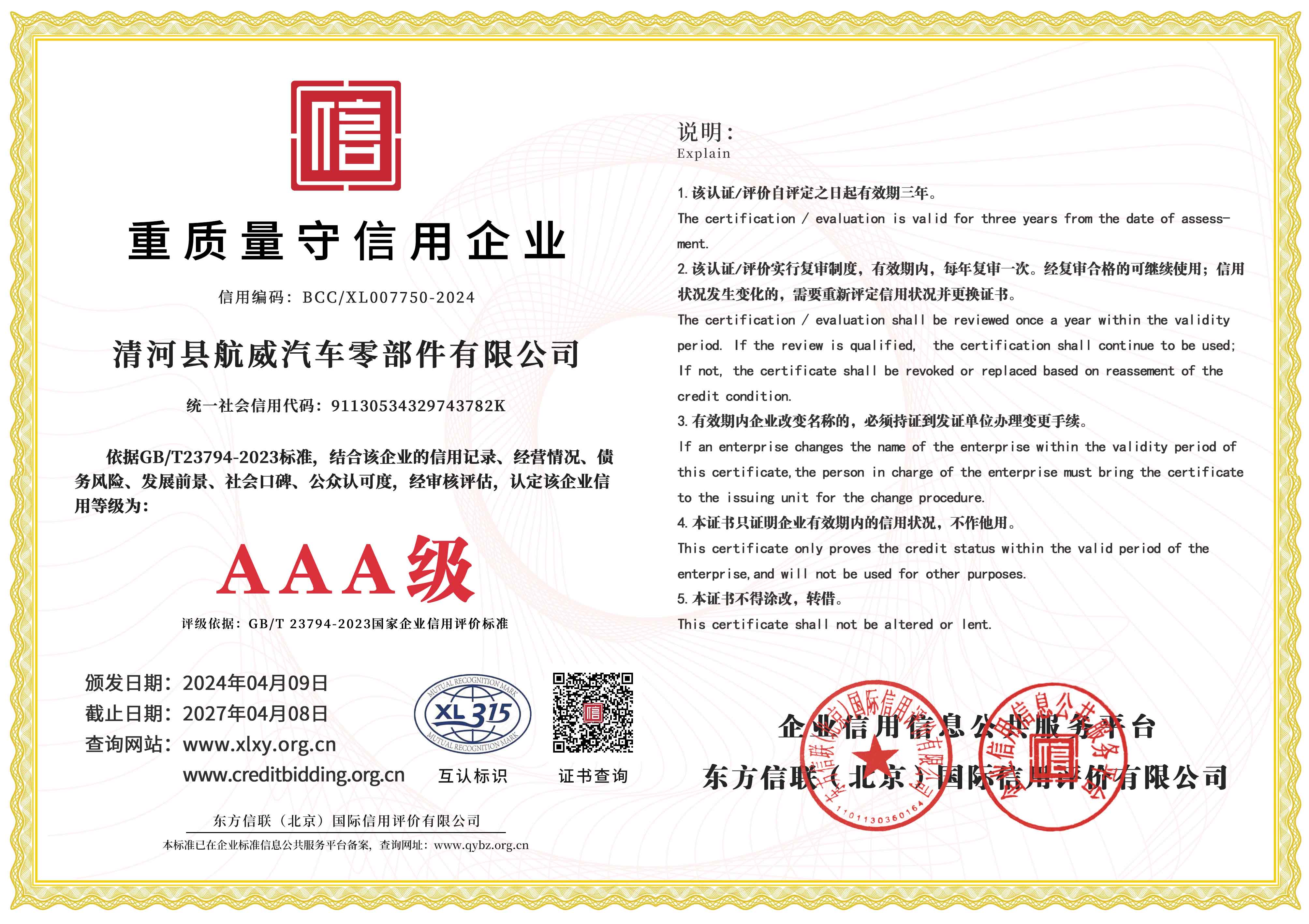push and pull throttle cable
Understanding Push and Pull Throttle Cables A Comprehensive Overview
Throttle cables are vital mechanical components found in a multitude of applications, ranging from motorcycles and boats to industrial machinery and automotive vehicles. Among these, the push and pull throttle cable configuration plays a significant role in regulating engine power and speed, directly influencing performance and responsiveness. Understanding how these cables work, their design, and their applications can provide critical insights for both enthusiasts and professionals in the field.
The Basics of Throttle Cables
At its core, a throttle cable is a conduit for transferring force from the throttle control (usually a handle or pedal) to the throttle body of an engine. This mechanism traditionally works either by pushing or pulling, hence the terms push throttle and pull throttle. In many systems, a single throttle cable may perform both functions, while in others, separate cables may be employed for push and pull actions.
Design Considerations
There are several design aspects to consider when dealing with throttle cables. They must be durable, flexible, and resistant to wear from environmental factors. Materials such as stainless steel and proprietary polymers are often utilized for their strength and resilience. The design must also ensure that the cable can operate smoothly without excessive friction, which could lead to delayed throttle response or even cable failure.
Push vs. Pull Mechanisms
- Push Throttle Cables These cables operate by pushing the throttle body open. This design is more commonly found in applications where a mechanical linkage to the throttle plate is direct and needs a responsive push to open. For instance, many single-cylinder engines and go-karts employ push throttle systems, providing a simple and effective means of controlling speed.
- Pull Throttle Cables In contrast, pull throttle cables pull the throttle body closed when released. This mechanism is widely used in motorcycles and some automotive applications, where the throttle grip or pedal requires pulling action for acceleration. Pull systems are often preferred in these contexts because they can offer smoother control and reduce the risk of accidental throttling.
push and pull throttle cable

Applications in Various Vehicles
Motorcycles In motorcycles, throttle cables are central to performance and safety. Most modern bikes utilize a pull throttle system, which allows for more precise control over acceleration, especially during cornering or sudden maneuvers.
Boats In marine applications, both push and pull throttle cables are essential for controlling engine speed and steering. The cables are designed to withstand harsh marine environments, and their reliability is crucial for safe navigation.
Automotive In the automotive industry, throttle cables have evolved with technology, transitioning many vehicles to electronic throttle control (ETC) systems. However, traditional push and pull throttle cables still find importance in older models and performance cars, where direct mechanical linkages are favored for their immediate response.
Maintenance and Troubleshooting
Like all mechanical components, throttle cables require regular maintenance to ensure optimal performance. Common issues include fraying, binding, and corrosion, all of which can lead to decreased responsiveness or complete failure. A simple visual inspection can often identify problems before they become significant issues. Regular lubrication can also help maintain cable integrity, ensuring smooth operation over time.
Conclusion
In conclusion, the push and pull throttle cable system is a critical aspect of engine control across various applications. Understanding how these cables function not only enhances the user's ability to operate machinery effectively but also aids in troubleshooting and maintenance. Whether in a motorcycle, a boat, or an automotive vehicle, these simple yet ingenious components play an essential role in the overall performance and safety of the engine, making them invaluable in the realm of mechanical engineering.
-
Workings of Clutch Pipe and Hose SystemsNewsJun.04,2025
-
The Inner Workings of Hand Brake Cable SystemsNewsJun.04,2025
-
The Secrets of Throttle and Accelerator CablesNewsJun.04,2025
-
The Hidden Lifeline of Your Transmission Gear Shift CablesNewsJun.04,2025
-
Demystifying Gear Cables and Shift LinkagesNewsJun.04,2025
-
Decoding Clutch Line Systems A Comprehensive GuideNewsJun.04,2025
